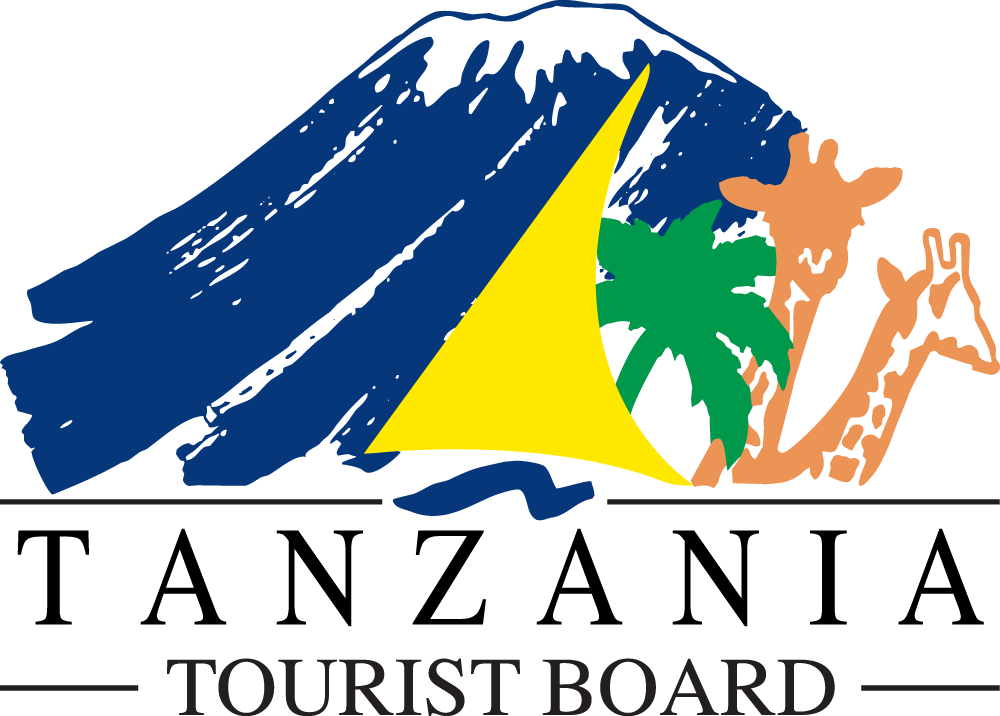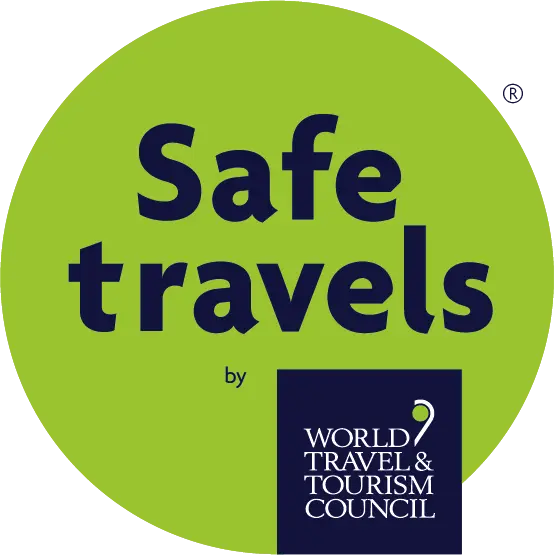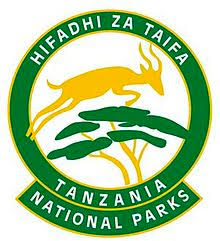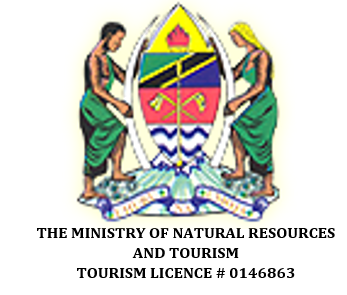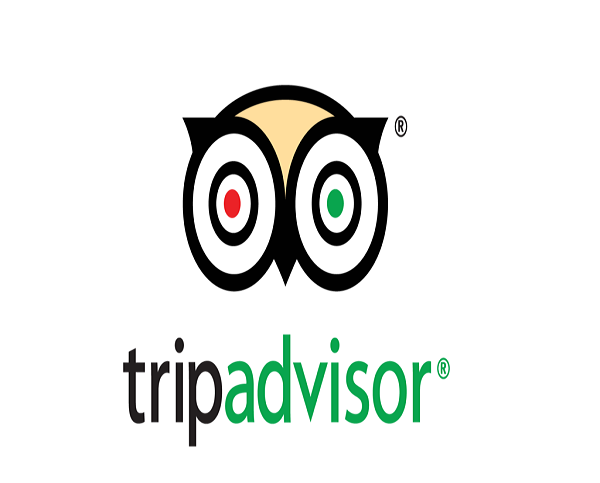THE LEMOSHO ROUTE: is considered the most scenic trail on Kilimanjaro, granting panoramic vistas on various sides of the mountain. As one of the newer routes, Lemosho is a superb choice for your climb. It is our preferred route due to its ideal balance of low crowds, beautiful scenery and a high summit success rate. Most of our clients climb Kilimanjaro using this route and they consistently report that they loved it. The Lemosho route crosses the entire Shira Plateau from west to east in a pleasant, relatively flat hike. Crowds are low until the route joins the Machame route near Lava Tower. Then the route traverses underneath Kilimanjaro’s Southern Ice Field on a path known as the Southern Circuit before summiting from Barafu. Descent is made via the Mweka route. Thus, Lemosho is highly recommended.
Arrival at Kilimanjaro Airport – Arusha:
Welcome to Tanzania. On arrival at Kilimanjaro Airport you’ll meet your company arranged driver who will transfer you to Arusha city to Green Mountain Hotel for dinner and overnight. Our driver will display your name on Mupana Tours signboard. These procedures ensure that you are picked up by the correct driver, rather than by some of the airport taxi drivers who are looking for business. You’ll get a chance for Mountain trekking briefing/introduction before your dinner.
- Meals: Dinner and Overnight
- Guide: Professional English speaking guide.
DAY 01: Londorossi Gate to Mti Mkubwa
After tasty breakfast (07.00) in your hotel, you leave from Arusha town to Londorossi Gate, where you’ll complete entry formalities. Then drive to the Lemosho trailhead (another hour to reach the trailhead). Upon arrival at trailhead in time to have your picnic lunch, and then commence through undisturbed forest which winds to the first camp site. Elevation (ft) 7,800ft to 95,00ft (3-4 hours walking on 6km). Dinner and overnight will be at Mti Mkubwa camp.
- Meals: Breakfast- Lunch and Dinner
- Guide: Professional English speaking guide
DAY 02: Mti Mkubwa to Shira 1 Camp
After early breakfast, you’ll depart from forest camp to shira 1 camp. Keep moving out of the forest and into a savannah of tall grasses, heather, and volcanic rock draped with lichen beards. As we ascend through the lush rolling hills and cross several streams, we reach the Shira Ridge before dropping gently down to Shira 1 camp. The view of Kibo from across the plateau is amazing. Elevation 9,500ft to 11,500ft while we have (5-6 walking hours in 8km). Dinner and overnight served at Shira 1 Camp.
- Meals: Breakfast- Lunch and Dinner
- Guide: Professional English speaking guide
DAY 03: Shira 2 Camp to Barranco Camp
After your breakfast, you’ll begin the day climbing up a ridge and then head southeast towards the Lava Tower – a 300 ft tall volcanic rock formation. You’ll descend down to Barranco Camp through the strange but beautiful Senecio Forest to an altitude of 13,000 ft. Although you begin and end the day at the same elevation, the time spent at higher altitude is very beneficial for acclimatization.
- Meals: Breakfast- Lunch and Dinner
- Guide: Professional English speaking guide
DAY 04: Barranco Camp to Karanga Camp
After early breakfast today you’ll begin the day by descending into a ravine to the base of the Great Barranco Wall. Then you’ll start to climb the non-technical but steep, nearly 900 ft cliff. From the top of the Barranco Wall you’ll cross a series of hills and valleys until we descend sharply into Karanga Valley. One steeper climb up leads us to Karanga Camp. This is a shorter day meant for acclimatization. Rest in your camp for Dinner and Overnight.
- Meals: Breakfast- Lunch and Dinner
- Guide: Professional English speaking guide
DAY 05: Karanga Camp to Barafu Camp
After breakfast you’ll leave Karanga where you’ll hit the junction which connects with the Mweka Trail. Then you’ll continue up to the rocky section to Barafu Hut. At this point, you have completed the Southern Circuit, which offers views of the summit from many different angles. Here we make camp, rest and enjoy an early dinner to prepare for the summit day. The two peaks of Mawenzi and Kibo are viewable from this position. Dinner and Overnight at Barafu Camp.
- Meals: Breakfast- Lunch and Dinner
- Guide: Professional English speaking guide
DAY 06: Barafu Camp to Uhuru Peak
Elevation: 15,331 ft to 19,341 ft
Uhuru Peak to Mweka Camp
Elevation: 19,341 ft to 10,065 ft
Today early in the morning (around 01.00 Midnight), you’ll began begin to summit. This is the most mentally and physically challenging portion of the trek. The wind and cold at this elevation and time of day can be extreme. You’ll ascend in the darkness for several hours while taking frequent, but short, breaks. Near Stella Point (18,900 ft), you’ll be rewarded with the most magnificent sunrise you are ever likely to see coming over Mawenzi Peak. Finally, you arrive at Uhuru Peak- the highest point as our target peak on Mount Kilimanjaro and the continent of Africa.
DESCENT.
From the summit at Uhuru Peak, you’ll now start descent continuing straight down to the Mweka Hut camp site, stopping at Barafu for lunch. The trail is very rocky and can be quite hard on the knees; trekking poles are helpful. Mweka Camp is situated in the upper forest and mist or rain can be expected in the late afternoon. Later in the evening, you’ll enjoy your last dinner on the mountain and a well rest in the camp.
- Meals: Breakfast- Lunch and Dinner
- Guide: Professional English speaking guide
DAY 07: Mweka Camp to Mweka Gate to Arusha
Elevation: 10,065 ft to 5,380 ft
After breakfast, complete the trek with a descent to Mweka Gate. Your last hike on Kilimanjaro is a beautiful one, passing through Kilimanjaro’s cloud forest. You’ll continue another hour to Mweka Village, watch your step during the descent as the trail can be slippery.
Our vehicles will be waiting at the lower station of Mweka Gate to take you back to Arusha City to your hotel for hot shower. It is time for celebration!
- Meals: Breakfast- Lunch and Dinner
- Guide: Professional English speaking guide
Departure Day:
After breakfast from your hotel, the company driver will transfer you to the airport – Kilimanjaro International Airport where you’ll board your flight heading back to your lovely country.
| 1Pax | 2Pax | 3Pax | 4Pax | 5Pax | 6Pax | 7Pax | 8+Pax |
Trekking Price Included and Excluded
What’s Included:-
- Airport transfer to and from
- Professional English speaking guide
- Meals: Breakfast – Lunch & Dinner
- Arusha accommodation before and after trekking
- Accommodation during Mt. trekking
- Trip Crew: Guide – Porters & Chef
- Emergence oxygen
- Gate transfer
- Mineral water
- Park fees
- Award: Certificate of Achievement
What’s Excluded:-
- Flight
- Personal items: Laundry & Toiletries
- Visa: $100 per person for US Nationals and $50 per person for other Country Nationals
- Personal hire gear such as trekking poles, sleeping bags, etc.
- Personal spending money for souvenirs etc.
- Tips
- Mountain guide: $15 US per day / per guide / per group.
- Mountain Chef: $10 US per day / per group.
- Mountain Porter: $8 US per day / per porter/per group
WhatsApp / Phone: +255 769 386 566
Email: info@womenadventureafrica.com
Go through our social media as Facebook & Instagram for more trip’s experience. In every year trip’s departure in different destinations in Tanzania, mainland and island. Keep on sharing with your friend and lets enjoying the coming trip’s together for better life.
Instagram:https://www.instagram.com/womenadventureafrica
Facebook :https://web.facebook.com/womenadventureafrica/
For Mount Kilimanjaro trekking you can use our ultimate Kilimanjaro packing mentioned list as a guide for what to bring along while you’re hiking to the Roof of Africa. We’ve packed this Kilimanjaro Packing List with our trail tested favorites and recommendations, plus lots of useful info on the best gear for adventuring in all of Kilimanjaro conditions during trekking moments.
Insulated Jacket
This will keep you warm as you reach higher elevations when the temperature drops and will be especially important on summit night. When layering, this jacket will go over your medium layers but under your outer layer jacket. An insulated jacket will give you an extra layer of warmth when you need it most. If you tend to get cold fast you might want a thicker insulated jacket. You know your body best, but we can’t emphasize enough how cold it can get.
Outer Layer Jacket
A breathable, water and wind proof jacket with a hood that you can wear comfortably over all your layers. This is a must-have at higher altitudes and to layer on in the case of rain.
Trekking Poles
These are MANDATORY, and a life (and knee) saver on tricky terrain. Make sure they are collapsible, for easy stashing, and simple to adjust for up and downhill.
Head Lamp
This is important for after the sun sets, and on summit night when we’re hiking through the night. Be sure to start the trek with fresh batteries, and bring a spare set just in case.
Sunscreen and Lipscreen
This is a must have for being in the strong mountain sun all day! Bring a new, full tube with an SPF rating of 30+.
Pair of Hiking Boots
The most important thing you’ll bring! Make sure they are Gore-Tex, have ankle support, and that you’ve broken them in well.
Pair of Camping Boots
Comfy, closed toed, easy to slip on shoes are great to have for camp, and going to the bathroom at night. Last thing you want to do is put your boots back on after a long day of hiking.
Water Bladder
Staying hydrated is so important while hiking at high altitudes! We highly recommend getting a 3 L water bladder with an insulated tube and cap. It’s the easiest way to carry and drink water while trekking.
Camera and Extra Batteries
There are so many amazing photo ops! We highly recommend bringing a camera that is compact and durable. These days most smartphones have great cameras, and we’ve found DSLRs can be cumbersome while trekking, so think twice before bringing anything too fancy. Remember to always pack your electronics in waterproof bags or cases.
Insect Repellent
One of the challenges of going on safari are the insects. We recommend bringing a good one with no bad smell to apply each day to help prevent insect bites.
Pairs of Gloves
Bring a mid-weight lightly insulated pair, and one more serious thermal, insulated outer pair with removable liners for summit night. If your hands tend to get extra cold, you might want to opt for mittens which will keep your hands warmer.
Pair of Hiking Pants
You’ll want a few pairs of pants to last you the entire trek. Bring at least one pair of shorts or capris for the hotter days in the rainforest, and a few pairs of long pants or leggings to layer on as it gets colder.
Water Bottle
Bring a 1 L wide mouth, BPA free plastic Nalgene water bottle. You’ll want this on summit night when your water bladder might freeze.
Polarized Sunglasses
You have to protect your eyes from the fierce equatorial sun! Make sure they are UV-blocking and polarized
Toiletries
Don’t forget the travel essentials like travel sized deodorant, sun screen, lotion, hair ties, hair brush, face wipes, tampons, contact solution, toothbrush, toothpaste, hand sanitizer, masks, and ear plugs etc.

